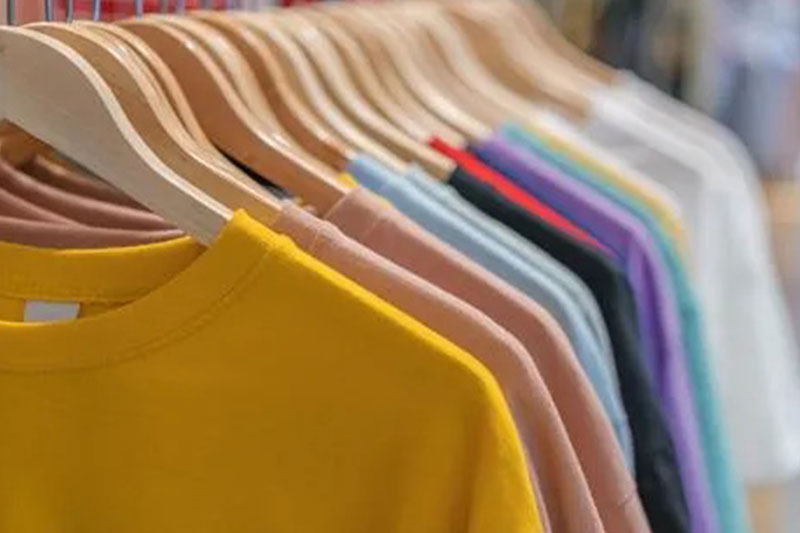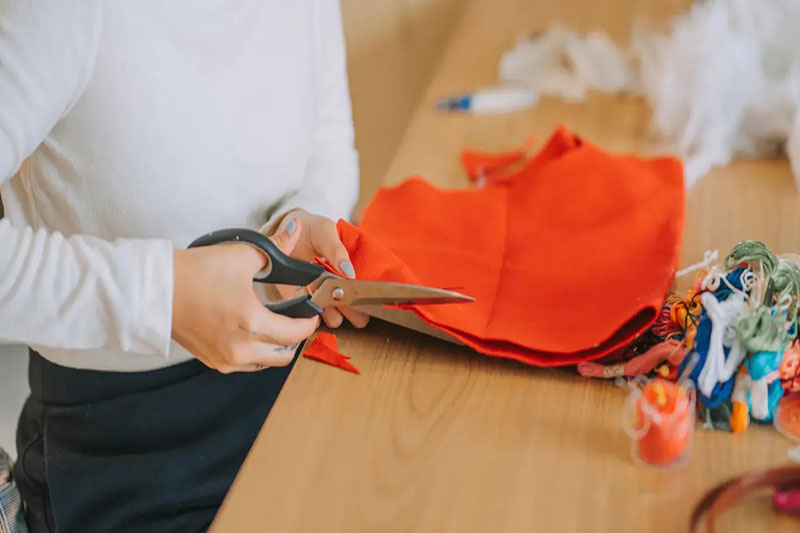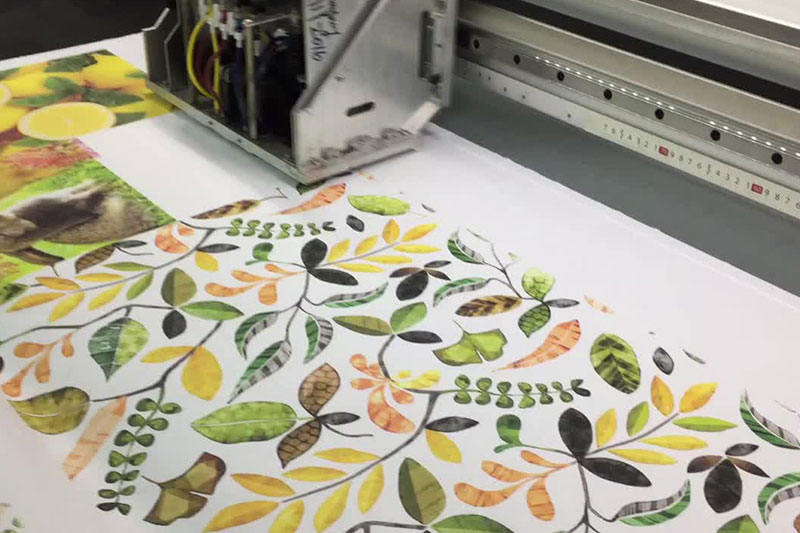The Rich Tapestry of India: A History of Textiles

India’s history is deeply intertwined with the art of textiles, reflecting the diverse and vibrant cultural tapestry of the nation. From the ancient Indus Valley Civilization to the present day, Indian textiles have played a crucial role in trade, tradition, and technology. This blog delves into the fascinating journey of textiles in India, highlighting key periods, innovations, and regional specialities that have shaped this rich legacy.
Ancient Beginnings
The story of Indian textiles begins with the Indus Valley Civilization, which thrived around 2500 BCE. Archaeological findings, including spindle whorls and fragments of woven fabrics, indicate that the people of this ancient civilisation were skilled in spinning and weaving. They primarily used natural fibres such as cotton, which grew abundantly in the region. The discovery of dyed cotton threads suggests an early mastery of textile dyeing techniques.
As Indian society evolved, so did its textile traditions. During the Vedic period (1500-500 BCE), weaving became more sophisticated, and references to textiles appeared in ancient scriptures and epics like the Rigveda and Mahabharata. These texts mention various types of garments and the use of precious materials like silk and wool.
Classical Period
The classical period, marked by the rise of the Maurya (321-185 BCE) and Gupta (320-550 CE) empires, saw significant advancements in textile production. This era witnessed the development of complex weaving techniques and the introduction of new materials. Indian textiles, especially cotton and silk, were highly prized commodities along trade routes, including the famous Silk Road.
Indian weavers became renowned for their skills, creating intricate patterns and designs that were exported to distant lands. The Roman historian Pliny the Elder wrote about the high demand for Indian textiles in the Roman Empire, where they were considered luxurious and exotic.
Medieval Innovations
The medieval period brought further innovations and influences to Indian textiles. The arrival of Persian and Mughal cultures introduced new aesthetics and techniques. The Mughal Empire, in particular, had a profound impact on Indian textiles, ushering in a golden age of artistic and technical excellence.
Under Mughal patronage, textile centres flourished in regions like Gujarat, Bengal, and Punjab. Luxurious fabrics such as muslin and silk gained prominence. Muslin, a fine cotton fabric, became famous worldwide, particularly the diaphanous “woven air” muslin from Bengal. The intricate embroidery styles of Zardozi (metal thread embroidery) and Chikankari (white thread embroidery) emerged during this period, adding a new dimension to textile artistry.
Colonial Impact
The arrival of the British East India Company in the 17th century marked a turning point in the history of Indian textiles. Initially, the British were fascinated by the quality and beauty of Indian fabrics, and they exported them to Europe in large quantities. However, the colonial period eventually led to the decline of traditional textile industries.
British policies favoured the import of raw cotton from India to feed the mills of Lancashire, while Indian weavers faced heavy taxation and competition from machine-made British textiles. This exploitation led to the decimation of local weaving communities and the erosion of age-old textile traditions.
Despite these challenges, Indian textiles remained resilient. The handloom sector, in particular, continued to produce high-quality fabrics, preserving the skills and knowledge passed down through generations.
Post-Independence Revival
After gaining independence in 1947, India embarked on a journey to revive its traditional crafts and support local artisans. Government initiatives and the establishment of cooperatives played a crucial role in revitalising the handloom industry. The Khadi movement, led by Mahatma Gandhi, symbolised self-reliance and promoted the use of hand-spun and hand-woven fabrics.
Institutions like the National Institute of Design (NID) and Indian Institutes of Technology (IITs) focused on textile research and education, fostering innovation while preserving traditional techniques. Today, India’s handloom sector remains one of the largest cottage industries in the country, employing millions of artisans.
Modern-Day Renaissance
In recent decades, Indian textiles have experienced a renaissance, both domestically and internationally. Contemporary designers draw inspiration from traditional fabrics, incorporating them into modern fashion. Indian textiles like Khadi, Banarasi silk, and Pashmina have gained global recognition for their quality and craftsmanship.
Innovation continues to drive the industry, with a growing emphasis on sustainable and eco-friendly production methods. Designers and manufacturers are exploring organic fibres, natural dyes, and ethical labour practices, aligning with global trends toward sustainability.
Regional Varieties
India’s diverse regions each boast unique textile traditions, contributing to the country’s rich fabric heritage. Some notable regional specialities include:
- Banarasi Silk: Originating from Varanasi, this luxurious silk is renowned for its intricate brocade work and opulent designs, often featuring gold and silver threads.
- Kanjivaram Silk: Hailing from Tamil Nadu, Kanjivaram silk is known for its durability, vibrant colours, and elaborate patterns, making it a favourite for bridal wear.
- Pashmina Wool: Pashmina is a fine wool from the Kashmir region used to create soft, warm shawls. The term “Pashmina” is derived from the Persian word for wool.
- Bandhani: A tie-dye technique from Gujarat and Rajasthan, Bandhani fabrics are characterised by their vibrant patterns and rich cultural significance.
- Chanderi: Lightweight and shimmering, Chanderi fabrics from Madhya Pradesh are prized for their elegance and fine texture.
- Ikat: Known for its unique dyeing technique, Ikat fabrics from Odisha and Telangana feature intricate, blurred patterns created through a resist-dyeing process.
The Role of Textiles in Indian Culture
Textiles hold immense cultural significance in India, playing a vital role in religious ceremonies, festivals, and everyday life. Traditional garments, such as saris, turbans, and dhotis, are deeply rooted in Indian culture and vary widely across regions.
Textiles also carry symbolic meanings, with specific patterns, colours, and materials representing different aspects of life. For instance, white is often associated with purity and mourning, while red symbolises fertility and marriage.
Conclusion
The history of textiles in India is a testament to the nation’s creativity, resilience, and cultural diversity. From ancient times to the modern era, Indian textiles have evolved, influenced by various cultures and technological advancements. Today, they continue to captivate the world with their beauty and craftsmanship.
Preserving and promoting traditional textile arts is crucial in the face of modern challenges. By supporting local artisans and embracing sustainable practices, we can ensure that India’s rich textile heritage is for future generations to appreciate and celebrate.
Gartex Texprocess India: Celebrating Textile Innovation
As we look to the future, events like Gartex Texprocess India play a pivotal role in showcasing the innovation and dynamism of the textile industry. This premier trade fair focuses on garment manufacturing and textile technologies, bringing together industry leaders, designers, and innovators to explore the latest advancements. From sustainable practices to cutting-edge machinery, Gartex Texprocess India highlights the trends and solutions that will shape the next chapter of India’s rich textile history. Join us at this landmark event from 1-3 August 2024 at YashoBhoomi (IICC), Dwarka, Delhi, to celebrate the artistry, heritage, and technological advancements of Indian textiles.
More News
How to Start a Garment Manufacturing Business in India?
India’s textile and garment industry has always been a major contributor to the country’s economy, offering vast opportunities for entrepreneurs. With the…View More
How to Reduce Textile Waste in Garment Production?
Textile waste has become a growing concern in the garment industry, with significant environmental and economic impacts. As businesses and consumers become…View More
The Digital Transformation of Textile Production
The shift from traditional textile printing to digital fabric printing has unlocked a world of new possibilities for producers and designers alike.…View More
Recap of India’s Garment Industry in 2024: A Year of Growth and Transformation
As 2025 begins, India’s garment industry has experienced significant growth, overcoming challenges and embracing new opportunities in 2024. From technological advancements to…View More
Sustainable Textiles: Redefining the Future of Industry
The garment and textile industries are undergoing a major transformation. Long criticized for their environmental toll—ranging from excessive water use to reliance…View More
Download
Register Now
Recent Posts
Show Countdown
DELHI
Bharat Mandapam (Pragati Maidan), New Delhi, India
- days
- Hours
- Minutes
- Seconds
MUMBAI
Jio World Convention Centre, Bandra Kurla Complex, Mumbai






